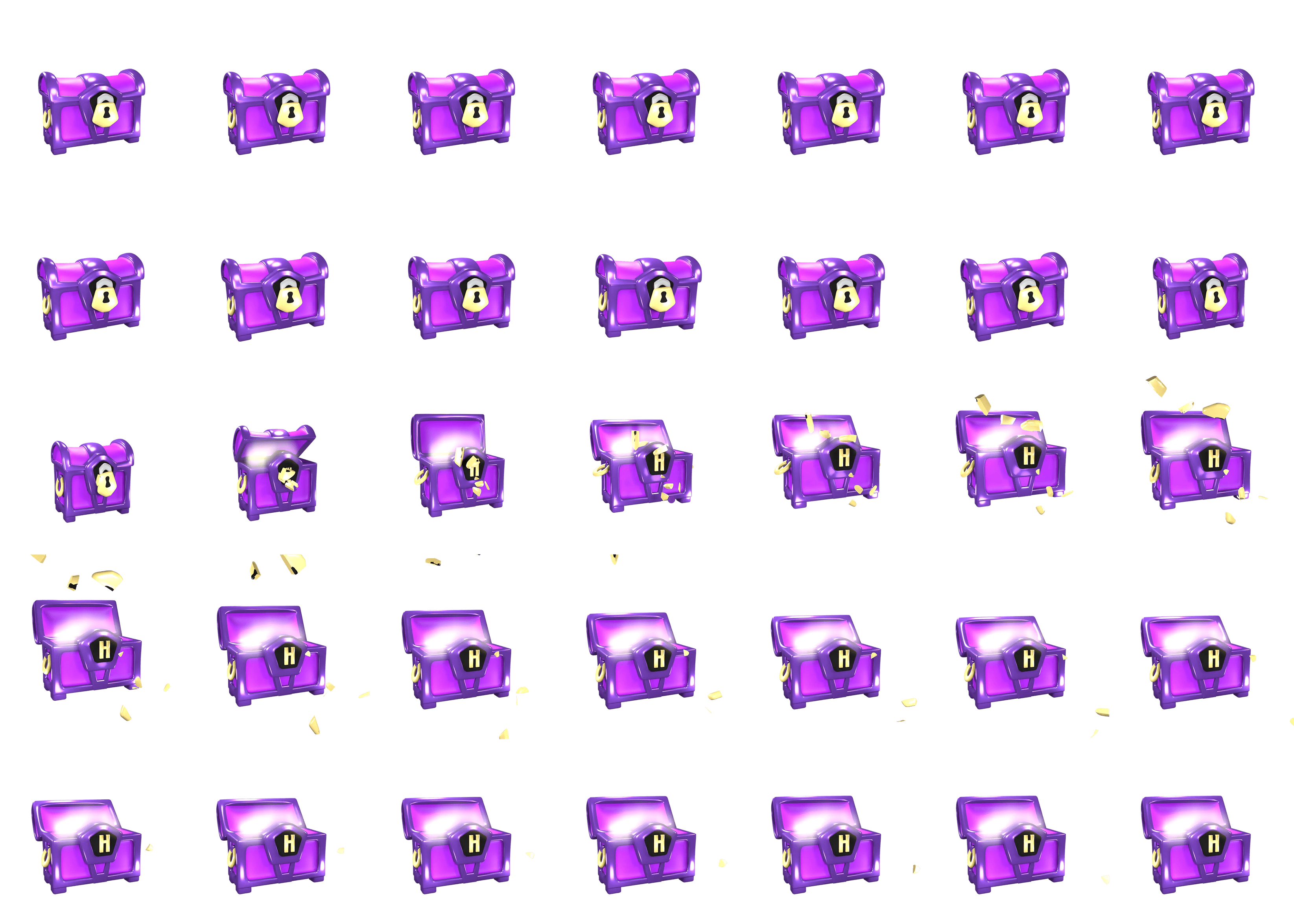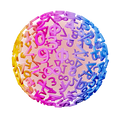
What Does Normal Mean in Geometry?
A normal is a line that makes a ° angle with another line, meaning that it’s a line that makes a right angle with another line. This will almost always come up in a construction, so make sure you remember this.
Perpendicular Bisector
A perpendicular bisector is a line that makes a ° angle in the exact middle of another line segment. In other words, the perpendicular bisector is a normal that splits a line segment into two equal parts. You construct a perpendicular bisector in the following way:
Rule
Instructions for Constructing the Perpendicular Bisector of a Line
- 1.
- You have a line segment with two points and .
- 2.
- Put the point of your draft compass on and make two small arcs roughly above and below the midpoint between and . In other words, one arc above the line and one arc below the line .
- 3.
- Without changing the distance between the legs of the draft compass, put the point of the draft compass on and do the same thing. Make sure the little arcs intersect to make two crosses—one above and one below .
- 4.
- Draw a straight line between the two crosses you just made with your draft compass.
- 5.
- This line is the locus of points with equal distance to and . The line makes a ° angle with . We call this line the perpendicular bisector.
The only difference between the two normals—the perpendicular bisector and a normal from a point to a line—is the procedure for constructing them. Both yield the same result: Two lines forming a ° angle.
Normal from the Point to a Line
Rule
Instructions for Constructing a Normal from Point to Line
- 1.
- Draw the line and the point outside the line.
- 2.
- Put the point of the draft compass on and make an arc that intersects the line in two places. Call the intersections and .
- 3.
- Move the point of the draft compass to and make an arc on the opposite side of to .
- 4.
- Do the same from without changing the distance between the two legs of the draft compass, and make sure the two arcs intersect.
- 5.
- Draw a line from to the new intersection.
- 6.
- You have now drawn the normal from point to the line.




















